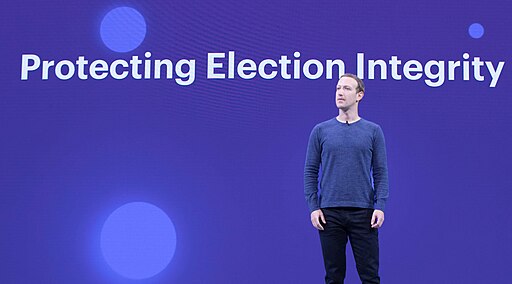
“Congress is gradually moving toward having only one bill per year,” former congressman Justin Amash (L-MI) tweeted recently. And that bill will have “everything stuffed into it, negotiated by just a few congressional leaders, completely behind closed doors, with no floor amendments permitted.”
Amash presumably has the current “infrastructure” bill in mind. Weighing in at more than 2,700 pages and chock-full of stuff only tenuously (if at all) related to infrastructure, it’s more of a leadership-negotiated door stop than an honestly debated policy proposal.
It’s hardly the first such bill. The Affordable Care Act, aka ObamaCare, also weighed in at about 2,700 pages, but entailed another 20,000 pages of rules and regulations to implement. As House Speaker Nancy Pelosi (D-CA) infamously said, Congress had to “pass it to find out what’s in it.”
If there’s anything worse than a law passed by Congress, it’s a law passed by Congress that no one, even Congress, knows the contents of. Many big bills end up on the floor for debate and voting before they’re complete enough to be printed and distributed to the people who are supposed to debate and vote on them.
Short of abolishing the federal government (now there’s an idea worth considering!), there’s probably no cure for bad laws. But there’s a cure, in three parts, for not knowing what’s in those bad laws.
The first part of the cure is called the Read The Bills Act. The RTBA was proposed by Downsize DC in 2006. It’s been introduced in the US Senate by Rand Paul (R-KY) six times, dying in committee each time.
The RTBA would require bills to be publicly posted at least 72 hours prior to Congress formally taking up those bills for consideration. The leadership log-rolling production of “Infrastructure Week” has been dragging on for months now, so 72 hours of having the final product available/visible doesn’t seem like a lot to ask.
Part two, also courtesy of Downsize DC, is the One Subject at a Time Act, which is exactly what it sounds like. Every bill would have to be about one thing. No more grab-bags full of unrelated party favors for every constituency under the sun in the name of “infrastructure” or “defense” or whatever.
Part three is a steroid shot for the Read The Bills Act. In my opinion, the bills should not just be “posted.” They should be read aloud on the floors of the House and Senate before they can be voted on.
Yes, every word.
Yes, every bill.
And if a member of Congress doesn’t sit through it, he or she doesn’t get to vote on it.
We’d quickly start getting brochure-size legislation instead of encyclopedia-size legislation. And we’d be better off as a result.
Thomas L. Knapp (Twitter: @thomaslknapp) is director and senior news analyst at the William Lloyd Garrison Center for Libertarian Advocacy Journalism (thegarrisoncenter.org). He lives and works in north central Florida.
PUBLICATION HISTORY


